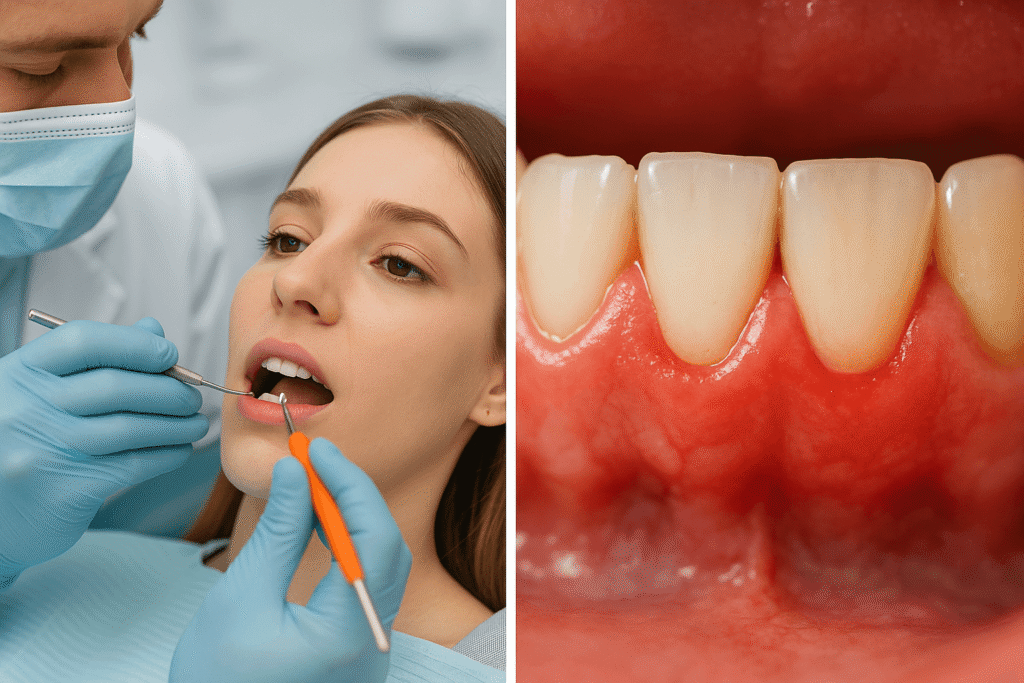
After undergoing teeth whitening treatments, it’s essential to follow a few simple guidelines to ensure your brighter smile lasts longer. While these procedures are a popular option for boosting overall confidence, they also make your teeth more vulnerable to stains in the immediate days that follow. Whether you’ve used take-home tray methods or visited the dentist’s office for a professional procedure, maintaining your pearly whites is a priority. In the first 48 hours after your treatment, certain foods and beverages can cause discolorations or stains due to the increased porosity of your teeth, making the underlying dentin layer more sensitive. This is why it’s advised to stay away from ten particular offenders during this period.
Multiple studies show that the dyes and pigments in various food and drink can quickly come into contact with your sensitive teeth, leading to unwanted marks. These foods, including some common beverages, can have a significant effect on the colour of teeth in general, but they are even more problematic after whitening. To maintain the results of your whitening treatment, it’s recommended to follow a white diet for at least 48 hours, avoiding these foods and beverages. This will help prevent stains from forming and ensure that you can enjoy your bright, white smile for longer.
Understanding Tooth Structure and Whitening Effects
To fully grasp why certain foods and drinks can affect your whitening results, it’s important to understand the basic structure of your teeth. Your tooth is made up of three distinct parts:
- The crown
- The neck
- The root
Whitening treatments primarily affect the crown, the visible part of your tooth. The enamel, which is the top layer of your tooth, is the hardest and strongest part, and its main role is to protect the inner, more sensitive dentin layer, as well as the nerves inside.
After a whitening procedure, your enamel becomes more porous, and this makes your teeth more vulnerable to staining from acidic or pigmented foods. With dentin exposed, the sensitivity of your teeth increases, and they may become irritated more easily by hot, cold, or acidic foods and drinks. This is why foods and beverages that would normally not affect your smile can now cause discoloration or further enamel damage, especially during the first few days after whitening.
What to Avoid
To prevent any issues, it’s important to avoid these ten foods and drinks for at least the first 48 hours after your treatment.
1. Teas and Coffee
Coffee is one of the biggest culprits when it comes to teeth staining. Its dark color and acidic nature can quickly undo the results of your whitening treatment. Over time, tannins in coffee cause discoloration and dullness, turning teeth yellow or even brown. Similarly, both tea and coffee contain a substance called tannins, which, when they build up, can dramatically darken your teeth. After professional whitening, your teeth become more porous, and the tannins in these drinks can act faster, causing staining more easily.
Alternatives to Coffee
If you need a caffeine fix, try green tea or herbal teas as they are less likely to stain teeth. If you still drink coffee, use a straw to minimize contact with your teeth and rinse your mouth afterward to reduce staining.
2. Red and White Wines
Both red wine and white wine can harm your whitened smile. Red wine has a deep color and high acidity, which can cause staining and weaken your enamel, making teeth more susceptible to discoloration. Even though white wine is lighter, it still contains acidity that can lead to erosion of the enamel, ultimately making your teeth more vulnerable to stains from other foods and drinks.
Wine Alternatives
3. Dark Fruits or barries
Avoid dark fruits like blueberries, blackberries, raspberries, and cherries, as their deep hues and potent pigments can easily stain your teeth. Even though these fruits are rich in antioxidants, they contain pigments that cling to your enamel, undoing the effects of your teeth-whitening treatment.
Use Light Color Fruits
Choose lighter-colored fruits like apples, bananas, and pears, as they are less likely to cause staining. These fruits are also packed with nutritional benefits and are a safer option to enjoy after your teeth-whitening treatment.
4. Tomato Sauce
Tomato-based sauces like marinara and ketchup should be avoided right after your teeth-whitening treatment. These sauces contain high acidity and pigmented compounds from tomatoes, which can stain your whitened teeth and cause damage to your tooth enamel over time. The dark color and acidic content can lead to significant staining and erosion, so it’s best to keep them out of your meals for a few days.
Lighter Sauces and Alternatives
For a safer option, try lighter sauces like Alfredo or pesto. These are less likely to stain your teeth compared to tomato-based sauces and can help reduce the impact on your whitened teeth. Pair them with neutral foods like salads to balance the acidity and keep your smile looking fresh.
5. Soda and Carbonated Drinks
Soda and carbonated drinks are best avoided after teeth whitening. Dark-colored sodas like cola are loaded with sugar and acids that can erode your tooth enamel and lead to discoloration. Even clear sodas with high acid and sugar content can be problematic, as they can strip the surface and cause staining. To maintain the results of your whitening, it’s important to avoid these drinks for at least 48 hours.
Drink alternatives
6. Balsamic Vinegar
Balsamic vinegar is a dark, acidic liquid that can pose a double threat to your whitened teeth. Not only does it cling to your enamel, but its strong pigments also increase the risk of staining. It’s best to avoid this when you’re trying to keep your smile bright.



